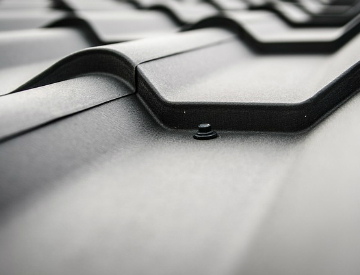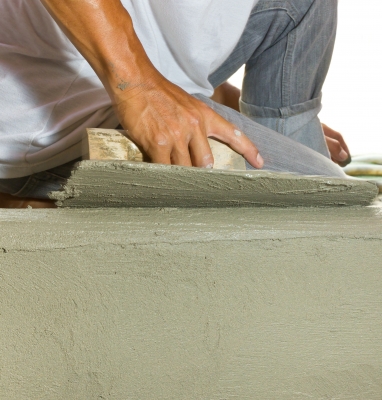
Using green building materials is a great way to lower your environmental impact. Here are 3 energy-efficient building materials that we recommend for every home project. Source: Pixabay
If you’re concerned about the impact you’ll have on the environment when building your home, then you should strongly consider using energy-efficient building materials. The following are three energy-efficient building materials that we highly recommend for every home project:
- Recycled steel – Wood is not a very environmentally-friendly option, and a house that’s 2,000 square feet large would require between 40 and 50 trees to build. Instead, use customized recycled steel beams and panels, which also happen to be incredibly durable and resistant to high winds.
- Cool roofing – Cool roofing materials tend to be a little more expensive, but they help reflect heat during the summers, helping to keep your home cool and efficient. This helps cut down on that expensive electricity bill.
- Insulating concrete forms – These are basically concrete walls that are cast in place and that are inserted between two layers of insulation. Insulated concrete forms can end up cut down your energy usage by 20 percent.
These are just a few of the green home building materials that we recommend you use for your home building project. For all of your home building needs, be sure to contact us at Trilogy Builds today.









